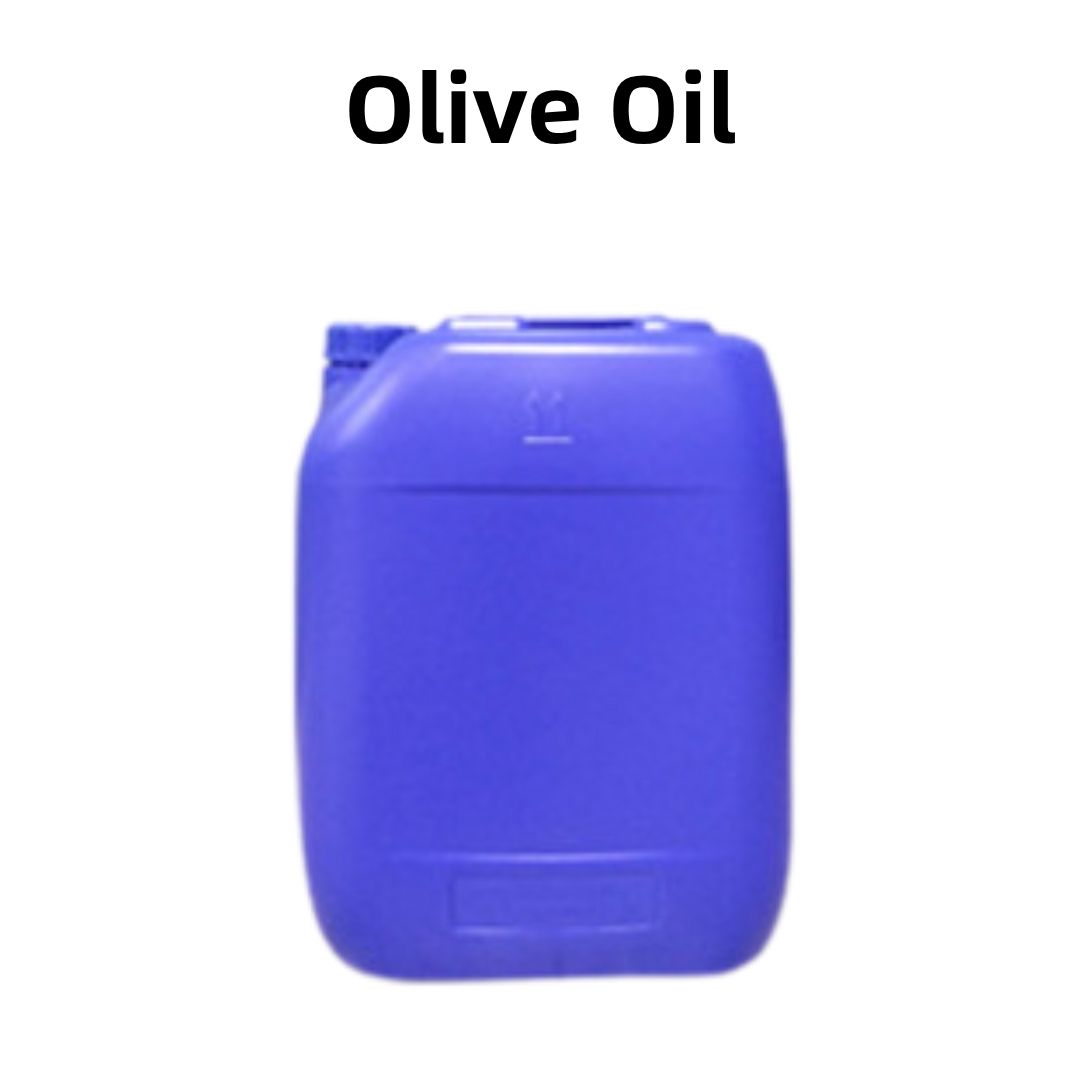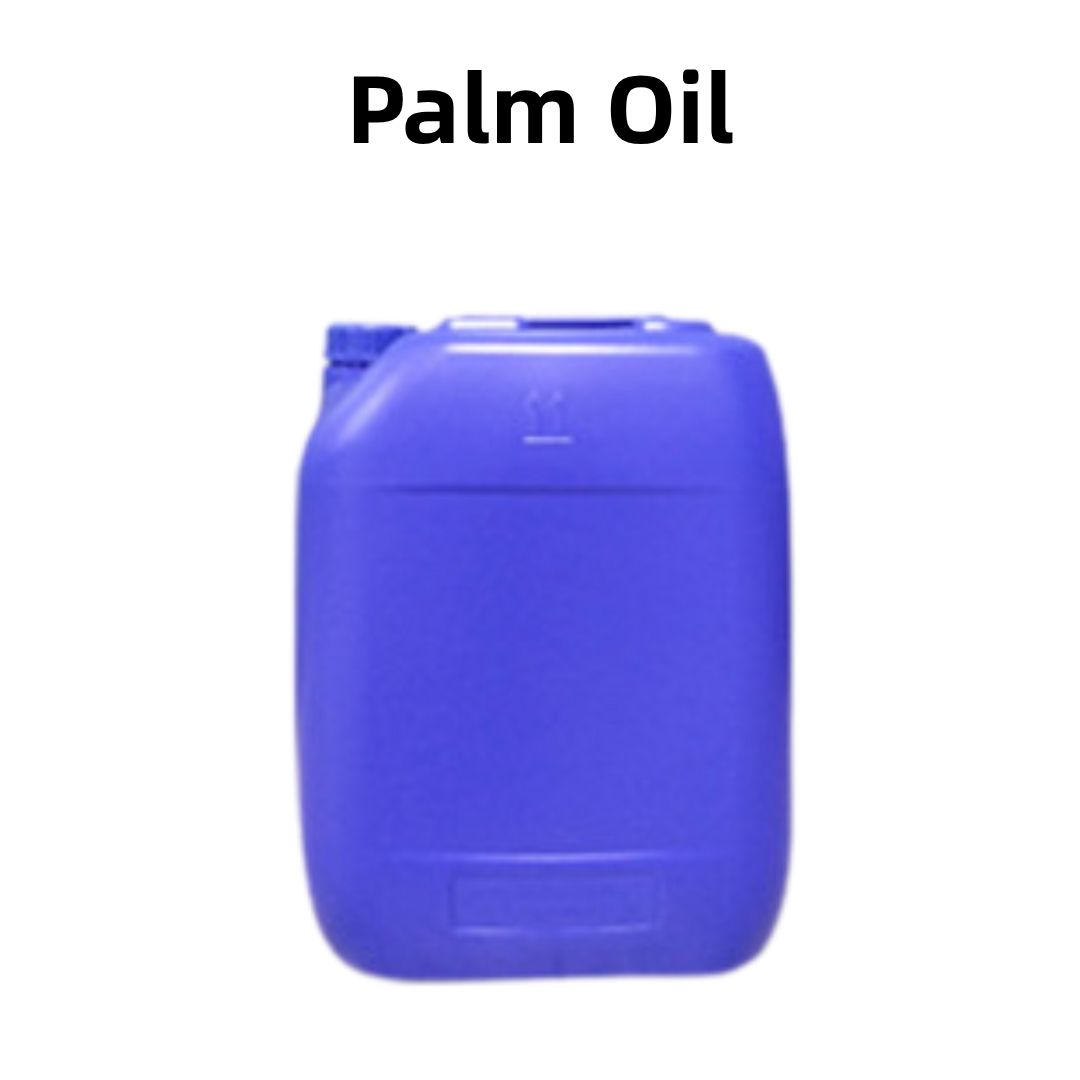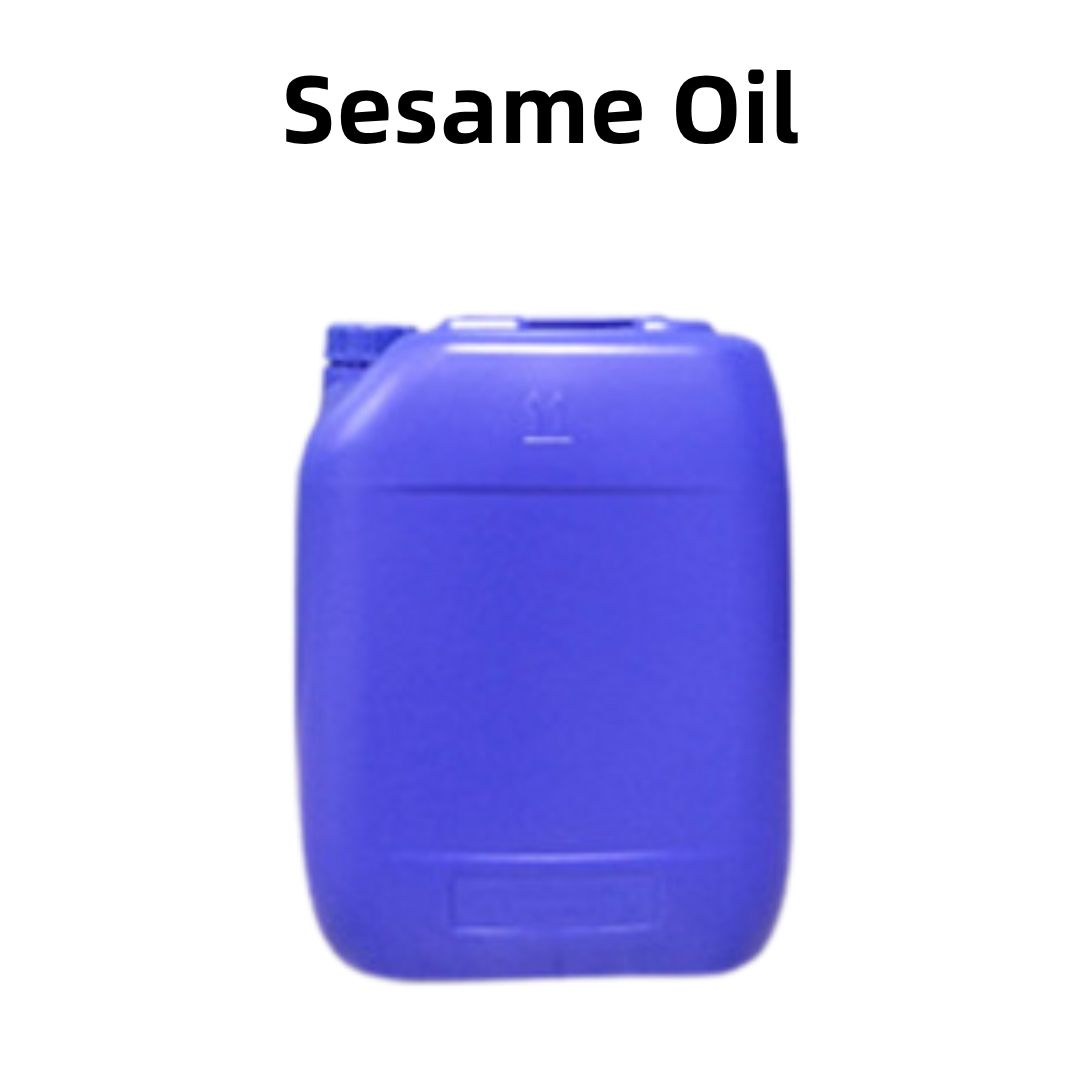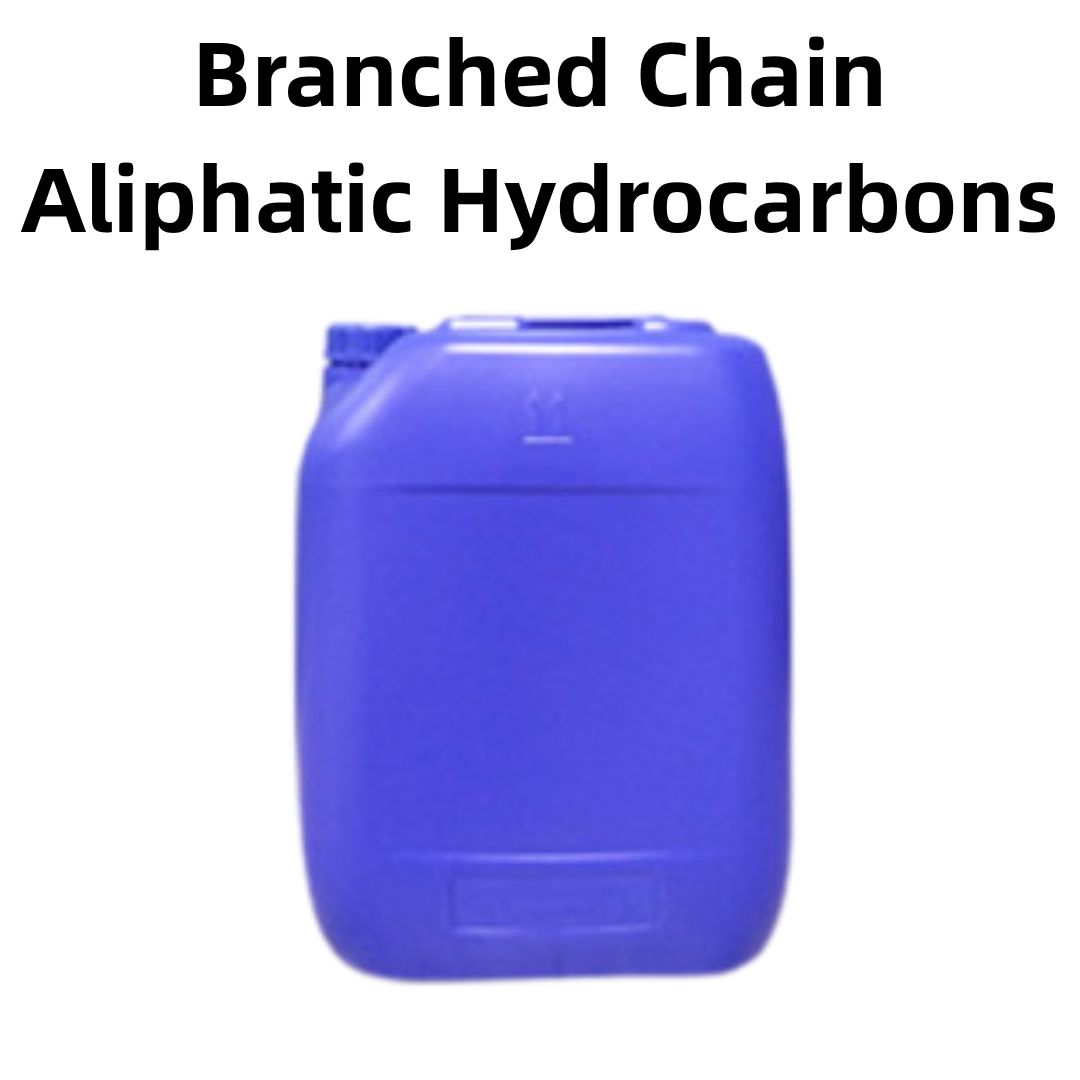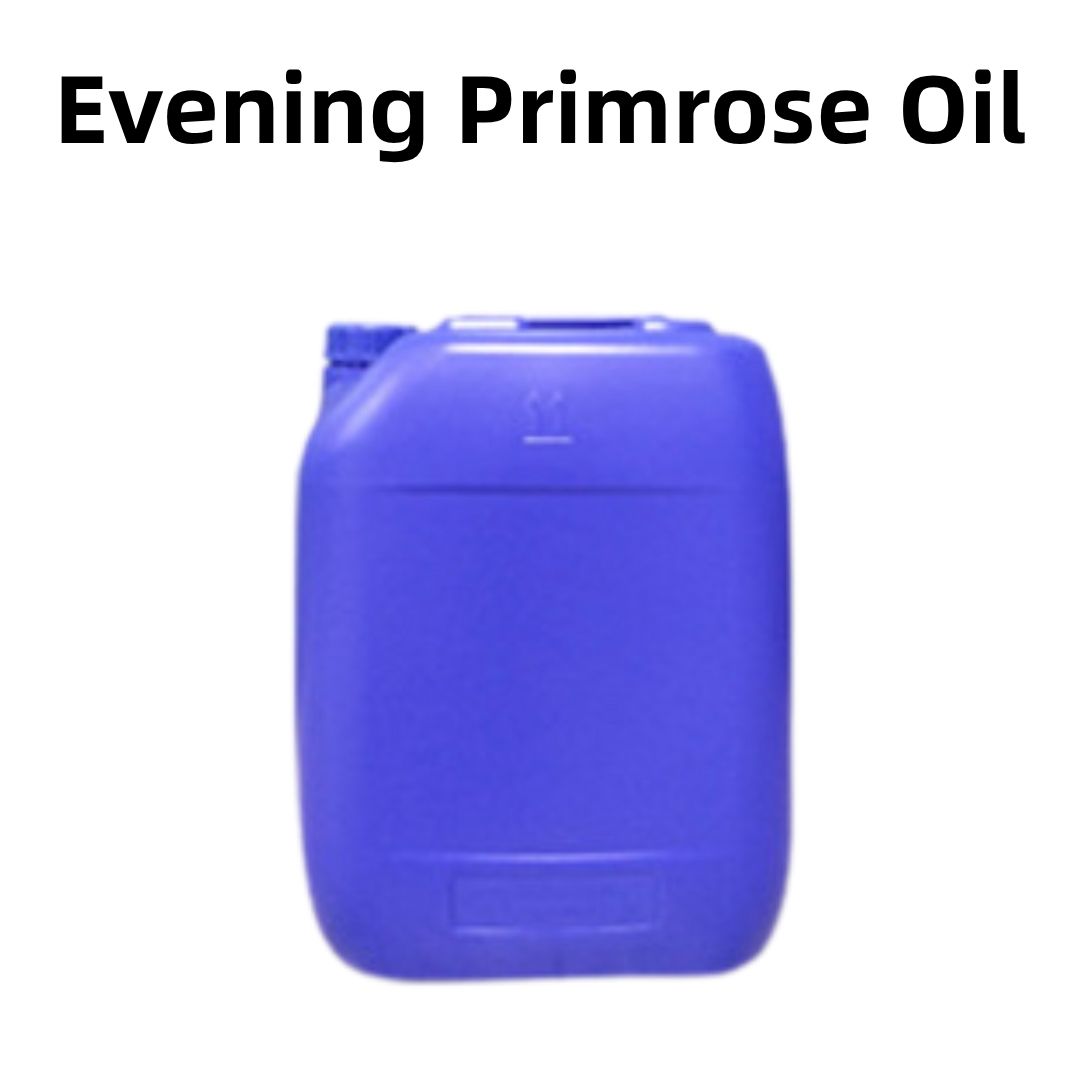Product Introduction
Anhydrous lanolin is a natural, waxy substance derived from sheep's wool. It is known for its emollient properties, meaning it helps maintain moisture in the skin by forming a barrier. This raw material is utilized in various cosmetic formulations including creams, ointments, and lip balms due to its ability to enhance texture and stability. Anhydrous lanolin is particularly valued in formulations for its capacity to promote smooth skin and provide a protective layer against environmental stressors.
Production Process
The production of anhydrous lanolin begins with the washing of raw wool to remove impurities. After washing, the lanolin is extracted by various processing methods, often involving steam distillation or solvent extraction. The resulting product is then further refined to remove any residual solvents, resulting in a pure, anhydrous form of lanolin. The final product undergoes quality control measures, including HPLC testing, to ensure its efficacy and safety for cosmetic use.
Efficacy and Function
Anhydrous lanolin serves multiple purposes in cosmetic formulations. Its primary function is as an emollient, providing a moisturizing effect without leaving a greasy residue. It can help soothe dry, irritated skin and is often used in products aimed at treating conditions like eczema and psoriasis. Additionally, its ability to thicken formulations and stabilize emulsions makes it a desirable ingredient in various cosmetic applications.
Application Scenarios
This versatile ingredient is found in a wide range of products such as moisturizers, lip treatments, and creams for sensitive skin. It is commonly included in baby care products due to its gentle nature and protective properties. Anhydrous lanolin is also utilized in industrial applications where skin protection is critical, such as in barrier creams for those exposed to harsh environments. Its hydrating qualities along with its skin-guarding abilities make it suitable for both daily use and specialized treatments.
Packaging and Transportation
- Storage Conditions: The product should be sealed, protected from light, kept away from high temperatures, and stored in a dry, cool, and well-ventilated place.
- Packaging: Bulk packaging is 25kg per drum, sample packaging is 1kg per bottle, and custom packaging is available upon request.
- Shipping Methods: Options include FedEx, DHL, dedicated logistics, and sea freight consolidation.
- Shelf Life: Two years.
Monica Sun’s expertise in the cosmetic ingredients industry spans emulsifiers, active components, and plant-based raw materials development and application. She is dedicated to integrating science and nature, providing high-performance and eco-friendly ingredient solutions for skincare and personal care products.









